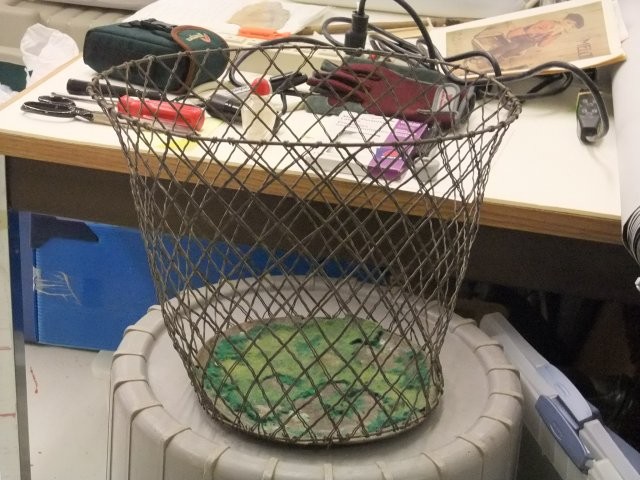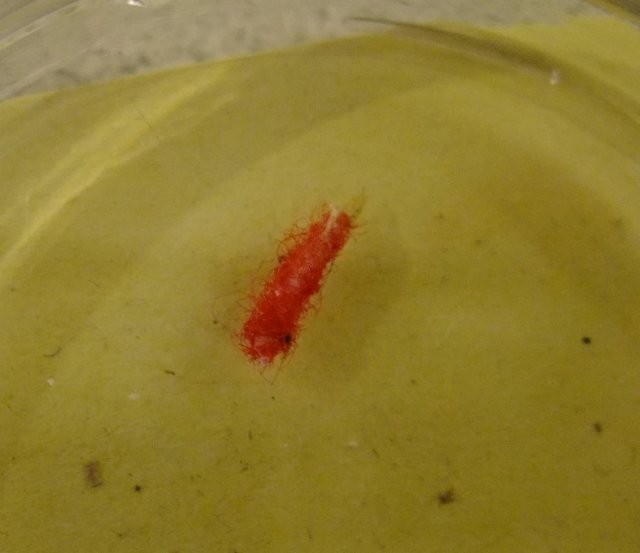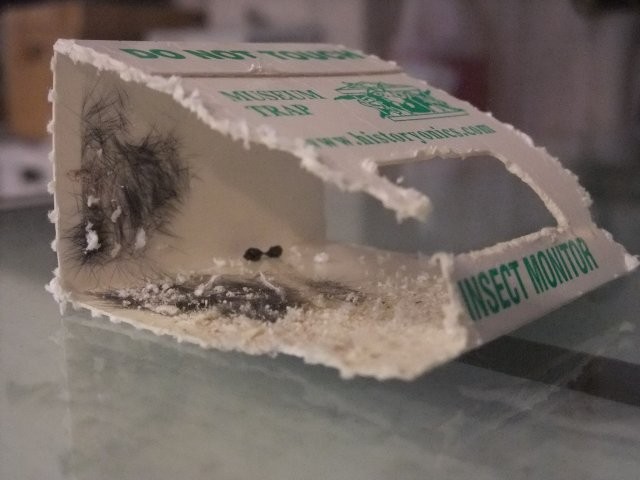Assistant Curator – Wanuskewin Heritage Park
Are you an emerging Indigenous museum professional ready to help share stories that have lived on this land since time immemorial? Wanuskewin Heritage Park invites you to step into a
As a summer conservation series, we will be talking about the Agents of Deterioration as defined by the Canadian Conservation Institute (CCI) in Ottawa. If you want to learn more about CCI, see their website or our April 29th blog post.
This week we are talking about our third agent of deterioration, Pests.

Pests include living organisms that make an impact upon your collection (not including humans). This could include mice, rats, mould, or various types of insects who want to eat and are able to damage your artifacts through other means.
Rodent damaged artifact
If rodents, such as mice, get into your museum they may not just be damaging your building but your collection as well. Rodents may create nests, chew on items, or leave feces and urine behind! Not only do they make a mess and eat stuff, but also if they die, they attract more of their kind (including insects)! They also carry diseases! To sum up rodents, you don’t want them around.
Microorganisms include mould and bacteria. Mould spores are always in the air; it’s the conditions in your collections that lead them to develop further and become a major problem. Conditions ideal for mould growth includes water on the surface and a relative humidity above 65%. Bacteria on the other hand is usually present due to contaminated floodwater somehow coming into your museum or standing water. Both mould and bacteria poise health problems, so be aware that if you see mould or have outside waters coming in that this is a possibility and you need to be able to protect yourselves. Mould and bacteria by their nature will actively weaken, stain, and digest your artifacts when rooted upon them.

Clothes Moths leave behind cases the colour of the item they ate
As for insects, not all of them are looking to destroy your collections. Depending on what your collections are composed of will determine their interest. For example, spiders are looking to eat other insects; therefore they are not really much of a problem. However other insects like webbing clothes moths are looking for textiles, specifically looking to eat wool, feathers, fur, and hair; this is a problem. Insects are also the most dangerous when they are in their larval or nymph stages; it is at these stages that they are the most hungry and looking for food. The adults might not be interested in your collection unless they are looking to lay eggs or possibly mate.
How to deal with these situations
If you do know that there are issues with pests deal with them immediately. The longer you leave them the worse the situation will become. Consistantly leave out traps to detect the pests if they do enter into your museum.

Make sure to have some sort of monthly inspection plan to see if there is anything destroying your collections. Take note of what is happening and deal with the situation appropriately. With rodents, this might mean laying extra traps and trying to figure out their points of entry. In the photo above, a mouse has clearly been around as can be seen through the fur and chewing on the insect trap. For insect infestations this might mean consulting with a conservator or your Museums Advisor on treatment routes.
Of course, the best plan is to make sure that these pests do not even have a chance to enter into your museum in the first place. This means isolating and inspecting new items into the building to ensure they are not contaminated with pests. This also means that no living plants are brought into the building; ensuring that your buildings are clean and organized. Monitor the environment of your buildings to make sure that the relative humidty sits at an appropriate level (see our previous posts on Relative Humidity and Temperature for more information).
If you need some assistance in manouvering through this topic, don’t be afraid to give us a call here at MAS. May-Lin can be contacted at 306-780-9266.
If you think you want more detailed information on Pests, the full CCI page dedicated to Pests can be found here.
Are you an emerging Indigenous museum professional ready to help share stories that have lived on this land since time immemorial? Wanuskewin Heritage Park invites you to step into a

Usual office hours will resume on January 5th, 2026

Just a reminder that the Final Report for the Museum Improvement Micro Grant for Community Museums is due December 5th! Your final report will require you to provide a brief